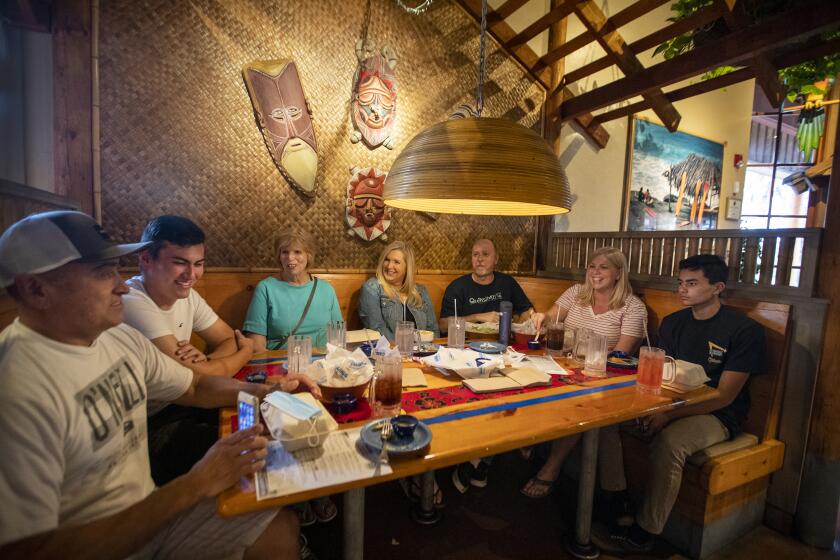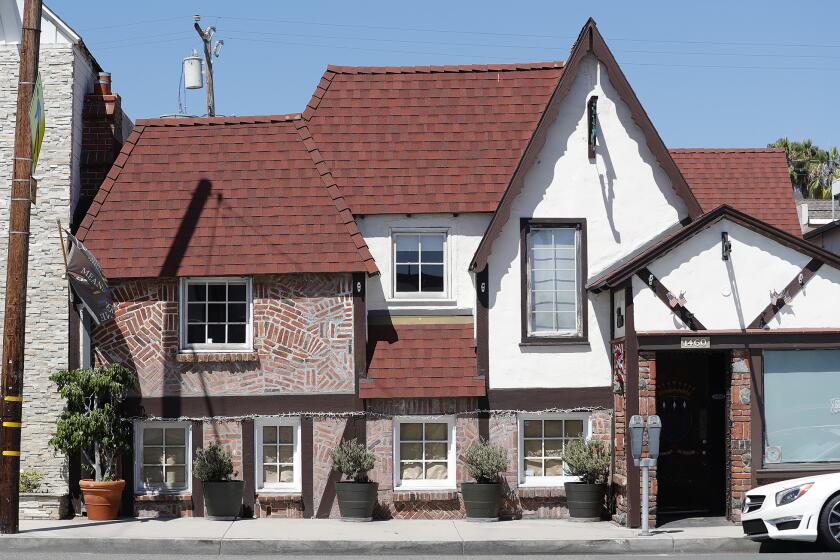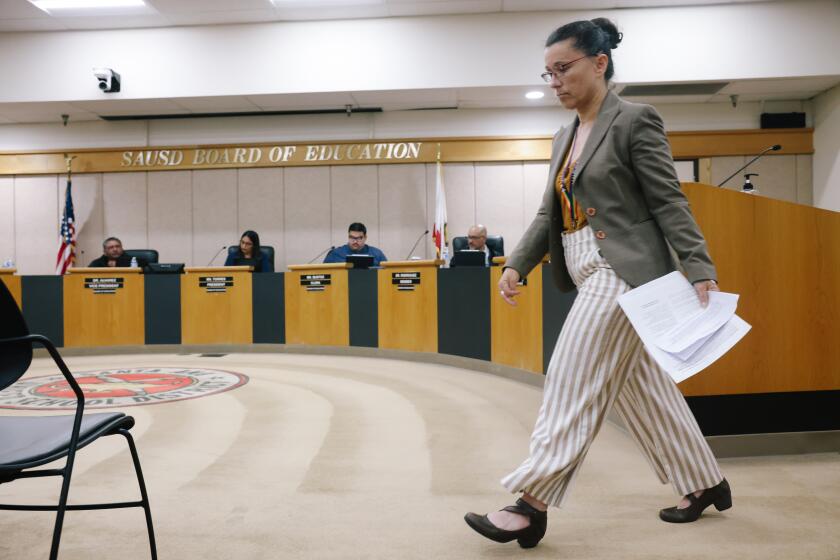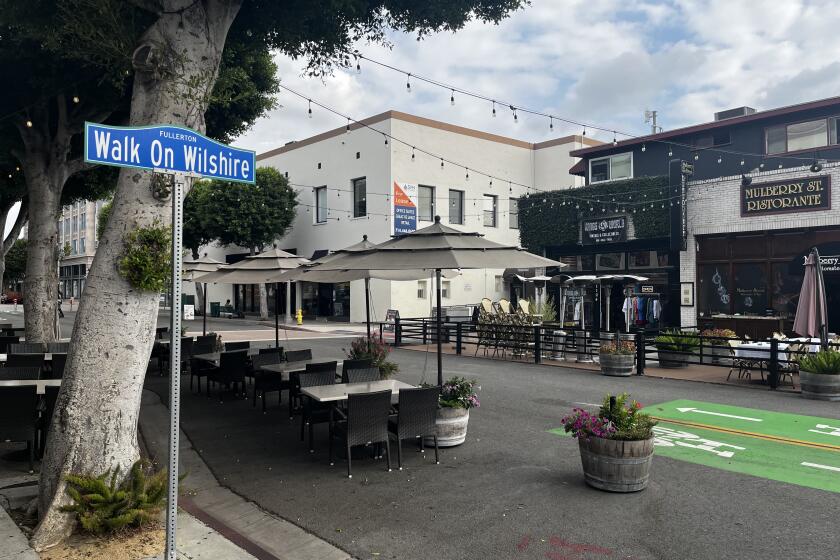Chapman University moves closer to restoring historic schoolhouse that played critical role in desegregation
- Share via
Chapman University just got one step closer to restoring the former Lydia D. Killefer School building, which was the first school to voluntarily desegregate in Orange County in 1944.
The university recently closed escrow on the historic former schoolhouse and has released its renovation plans, which include at least three research labs, a small memorial area paying tribute to the building’s history and a space for community meetings.
The Killefer building for many in the community stands as one of the most historically significant in Orange County. The building is listed on the National Register of Historic Places.
The Killefer school desegregated three years before the landmark Méndez vs. Westminster case forced the county’s schools to integrate. According to the Old Towne Preservation Assn., it is believed to be the first school in California to desegregate.
The Supreme Court desegregated schools with the Brown vs. Board of Education decision in 1954.
“For Orange County to have predated the Supreme Court intervention by almost a decade shows forward thinking,” said Harold Hewitt, executive vice president and chief operating officer of Chapman. “There’s a lot of people in the community who are very proud that Orange County moved in this direction before it was a national mandate.
“Chapman certainly feels like the custodian of a bit of history that is really important to the neighbors and city of Orange but more generally to Orange County.”
Orange County restaurants, movie theaters, places of worship and museums can resume indoor operations at 25% capacity, while fitness centers must be limited to 10% capacity.
Hewitt said the space will be small but will include historical photos and will tell of the history of the Méndez case and the desegregation of Orange County schools.
The public can also reserve a meeting room on an “occasional” basis.
“We want the public to know we are taking excellent care of it — we know it’s an important legacy building to the entire community,” Hewitt said. “We know the best way to do that is to give them access and show them we are taking really good care of it.”
The issue of public access to the Killefer building has been hotly debated in the community. Some residents have been skeptical of Chapman’s intentions for the building.
Orange resident Jerome Ryan, a member of the community group Preserve the First Desegregated School, said he prefers the Killefer building to be turned into a community center or civil rights museum.
“That would mean something more than a framed picture of MLK Jr. in the lobby — a curated museum so that the story of these people who suffered from racist segregation, that story can be told,” Ryan said. “I believe this school tells the story of the American Civil Rights Movement. I believe this school is important to all people.”
The City Council passed it in a 4-1 vote in July to a second reading and adopted it at their meeting on Aug. 11.
Ryan is skeptical that Chapman will adhere to its public access pledge. He specifically pointed out to the lack of public access at the Chapman-owned, historic Cypress Street Schoolhouse, which was also desegregated.
“I don’t want to project more than we are actually able to do — the building is very small,” Hewitt said. “We intend to put at least three researchers with labs into it, so it would be very difficult for us to dedicate a substantial portion of the building to open community use.”
Hewitt said the university is currently in negotiations to bring in the three researchers. The move is part of the university’s goal to increase its research capacity.
However, it will be a while until the researchers can move into the building.
Hewitt said Killefer is currently in poor condition. It has largely gone unused for many years since Orange Unified stopped using the building in the early 1980s.
The school district declared the 1.7-acre parcel surplus property in 2014 and held a public auction that attracted bids from Chapman and four housing developers who wanted to build apartments on the property. Various housing projects were essentially blocked after the property was listed on the National Register of Historic Places in April 2014 through the efforts of the Old Towne Preservation Assn.
Hewitt said the building has to go through a special entitlement and review period before the renovation can begin due to its place on the historic register. He estimated that the total review and construction could take about 3½ years.
Daniel Langhorne contributed to this report.
All the latest on Orange County from Orange County.
Get our free TimesOC newsletter.
You may occasionally receive promotional content from the Daily Pilot.






